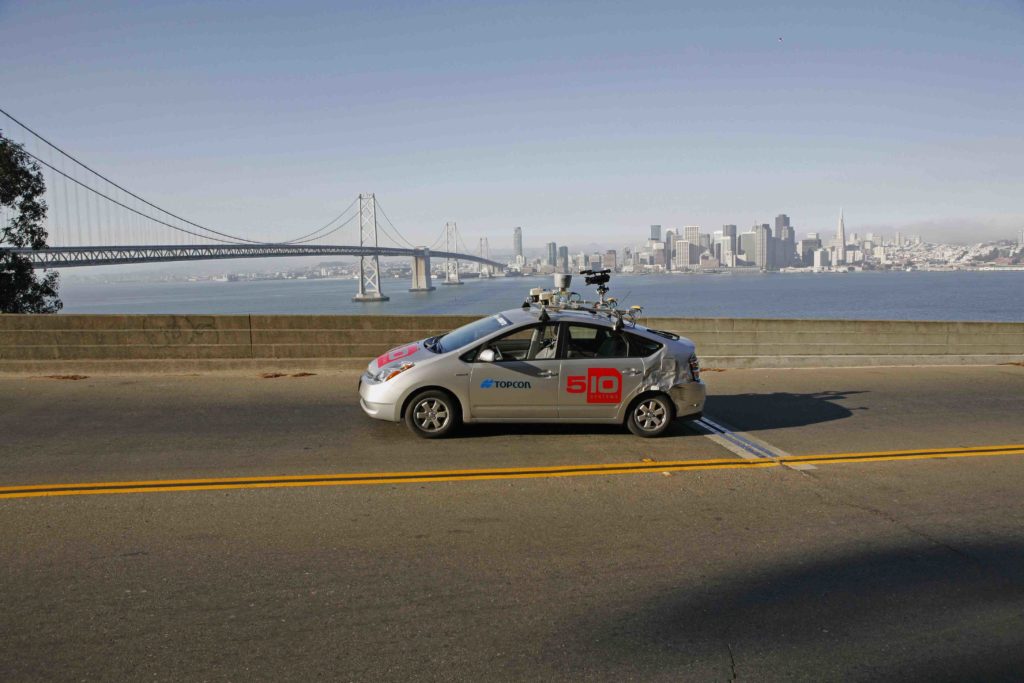Projects
Engineer, Google Cardboard (2015)
Google Cardboard is a $2.00 virtual reality headset designed to work with a phone. My role was to help the initial team of two people go from a laser cut pizza box to a manufactured cardboard piece that could be built, packaged, and shipped as a VR headset. We coordinated the first 10,000 prototypes by identifying the manufacturer, shuttling the design back and forth, and ensuring the design could be manufactured, built to spec, and completed for the right price. After the first 10,000 were distributed to Google employees and partners, I handed it off to a colleague to manage it full-time.
More info: Google Cardboard

Engineer, Google Telepresence (2014)
Alongside Clay Bavor and Ionut Dorel Iordache, I experimented with remotely visiting real world locations using VR. We wanted to experience a remote location in the highest fidelity possible. We built a 6-degree-of-freedom robotic arm that held cameras and specialized binaural microphones so that a visitor could experience being in a remote physical space. We set up a motion capture system to track where the user was and achieved the goal of feeling present in a remote location.
Product Engineer, Mobile Mapping System IP-S2 (2007 – 2011)
The IP-S2 Mobile Mapping System allowed a car to drive around a city and create a 3D map. It used laser scanners, cameras, GPS, inertial measurement units (IMU), and wheel encoders to build high precision maps.
The system was originally built by our team at 510 Systems and was acquired by Google in 2011. It formed the building block for Google Street View and was used by Microsoft, Navteq, and Nokia for building their street maps. Pre-Google acquisition we had a contract with TopCon to manufacture, sell and distribute the system. We sold, manufactured and deployed several hundred units. Post acquisition, Google agreed to give TopCon a license for its own use. TopCon now makes and sells a new version called IP-S3.


Project Co-Founder, Engineer, Google Project Chauffeur (2009 – 2015)
I was the co-founder of Google’s Project Chauffeur (now known as Waymo). My company, Anthony’s Robots, provided the hardware and the PriBot to Google to help launch Project Chauffeur.
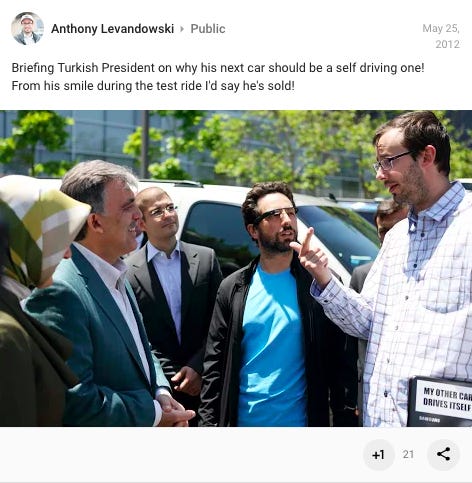
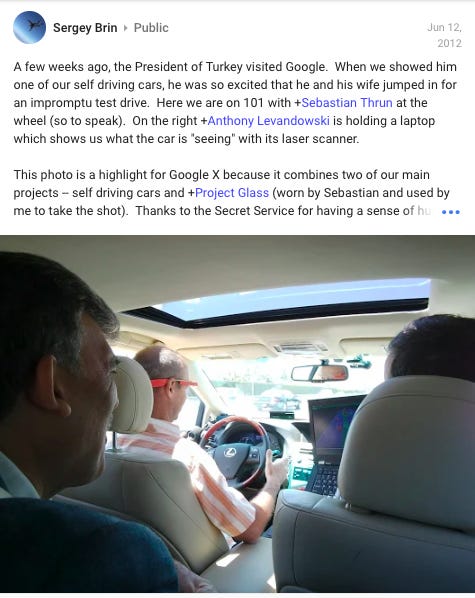
Engineer, Pribot (2008)
Pribot is a self-driving Toyota Prius that integrated groundbreaking innovations in LiDAR technology into the car. Developed by Anthony’s Robots, the Pribot was the world’s first self-driving car to drive unmanned on public roads and the first self-driving vehicle to complete a (pizza) delivery. Pribot combined technology from both 510 Systems and Anthony’s Robots and is the pre-cursor to Google’s self-driving car program, Project Chauffeur.
More info: CNET
Product Lead, Google Project Ground Truth (2008)
Project Ground Truth was launched to replace the third-party map databases that originally powered Google Maps. After convincing the team to bring this in-house, I assembled a team. We launched in the US, Canada, and Mexico, and sourced all the base data that was needed to create maps of Europe. Over the course of a year, we sourced all the data and compiled it with Street View tracks, aerial imagery, and sent out cars to collect additional data such as exit data and street names. It was then cross-referenced with Street View images to ensure house numbers and locations were correct. Aerial imagery viewers were then used to understand how to categorize and prioritize roads. I also set up first operations in India which started with the first 50 contract workers and computer setups. The office ramped to 2,000 people in 3 months.
More info: TechCrunch, CNET
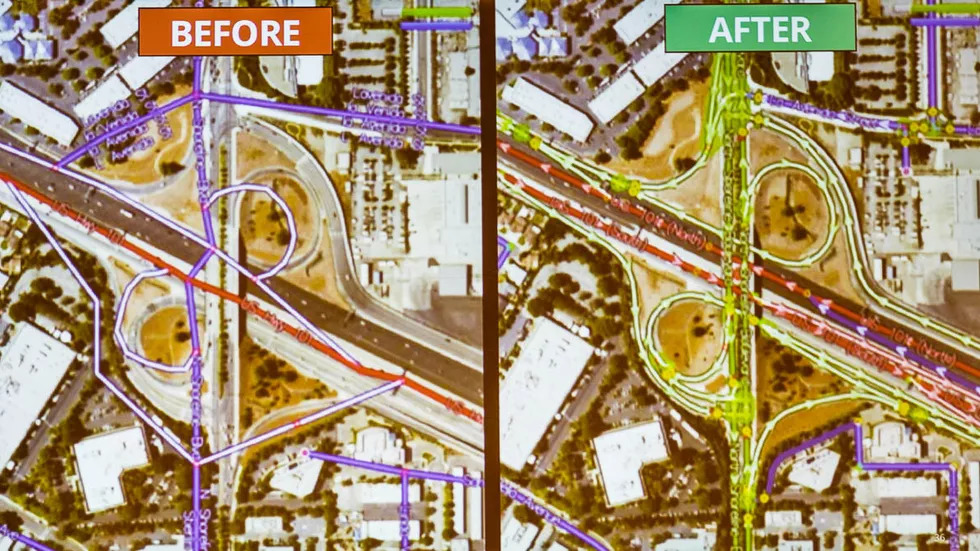
Engineer, Google Oblique Aerial Imagery (2008)
I helped build a system that takes images from an airplane at angles and straight down. This way, a plane could fly over a city and capture aerial imagery not just straight down but from an angle.
More info: Google Blog
Engineer, Google Street View (2008)
Google Street View allows users to view street panoramas on Google Maps and Google Earth. It had been in development for years when the VuTool team was bought by Google to help accelerate the launch of the technology. I contributed to Street View as a project engineer, working on the hardware, building out the vehicles, and getting them deployed to drive around to collect the Street View imagery.
More info: TechCrunch
Engineer, VuTool (2007)
This project was started by Sebastian Thrun at Stanford University with some of the Stanford team members who participated in the DARPA Grand Challenge. VuTool was a video and image panoramic view of the world. We drove around in a donated Volkswagen car, took some pictures, and recorded the GPS and IMU data. We then turned those images into a map so that you could drop into a location and see what it looked like. We first drove around Palo Alto, the Stanford campus, and San Francisco. We had several meetings with VCs, Yahoo, Amazon, Microsoft, and Google. Google bought our team and brought us in-house to accelerate Google’s project, known as Google Street View.
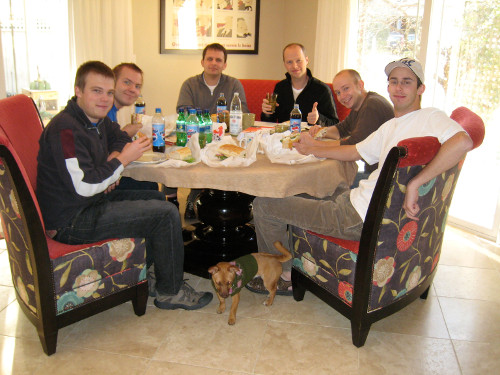
Team Lead, DARPA Grand Challenge (2004)
I lead a small group of students in the creation of GhostRider, an autonomous two-wheeled vehicle. Ghostrider could function as a traditional motorcycle over off-road terrain, maintain an upright position, make turns, navigate a prescribed course, avoid obstacles, upright itself after a fall, and hit speeds up to 45mph. All of which is done autonomously, i.e. without a rider or remote-control operation.
GhostRider participated in the 2004 and 2005 Defense Advanced Research Projects Agency’s (DARPA) Grand Challenge, and was the only two-wheeled AV to qualify. Among my contributions to GhostRider was the development of obstacle avoidance software. In 2007, I donated GhostRider to the National Museum of American History.

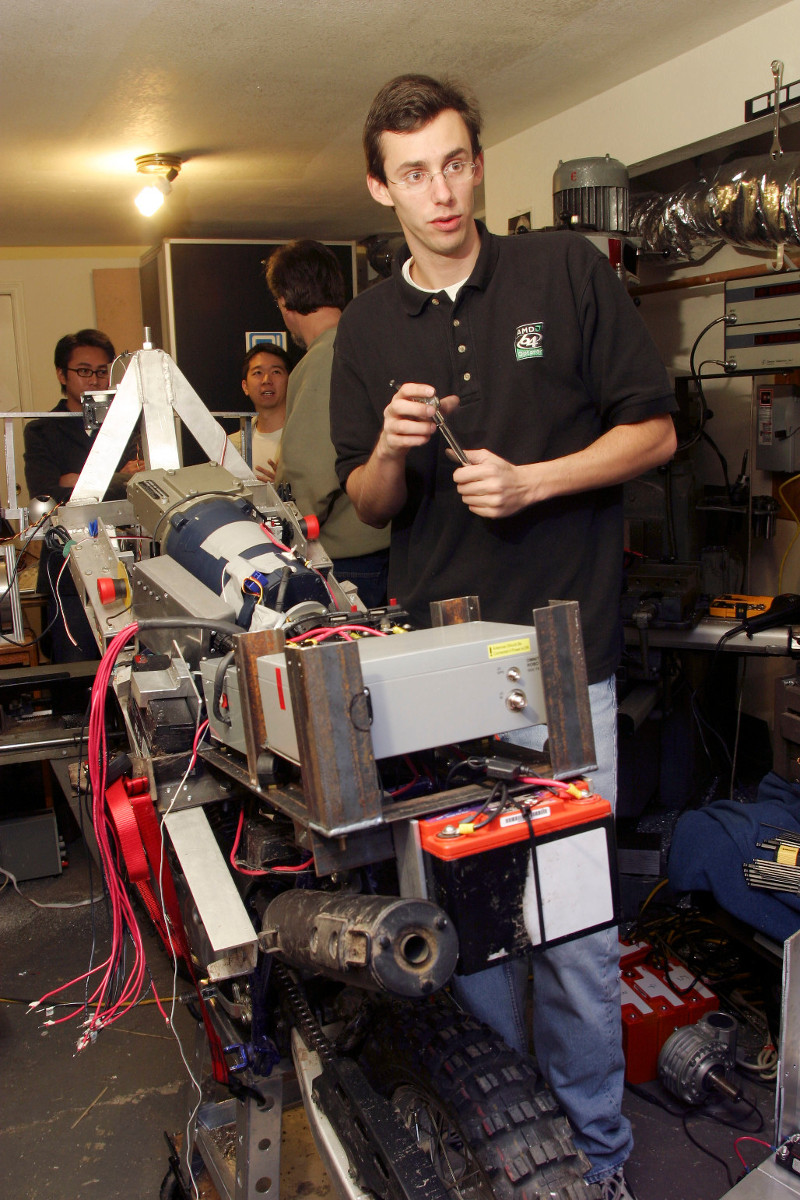

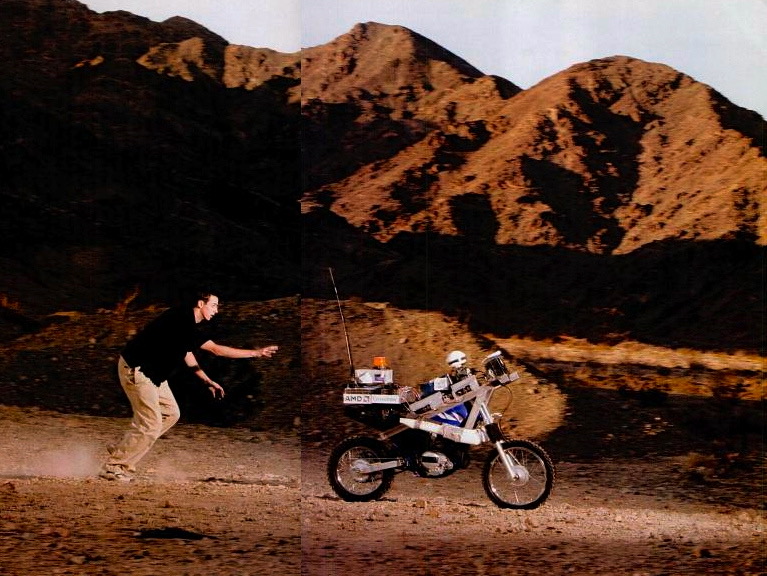

WorkTop 650 (2003)
In 2003, a friend and I built a portable blueprint reader and updater for construction sites called WorkTop. The idea behind this was that it took too long for construction sites to get updated blueprint plans from the architect so with this device the construction sites would automatically get notified once the architect uploaded updated CAD files to web. We were able to build a prototype that worked for less than $15,000.
More info: Berkeley
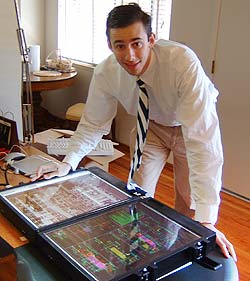
BillSortBot (2001)
While at Berkeley, Robert Glassey, Kyle Krueger, and I built a monopoly money sorter robot out of 300 Legos pieces for a competition that was hosted by Sun Microsystems. The objective of the competition was to build an “innovative, cool robot” using a single Lego MindStorms Robotics Invention System kit, programmed in Sun’s Java computer language. The robot won us the Java Technology Lego MindStorms Challenge in 2001. I received the Gosling Award for this work

